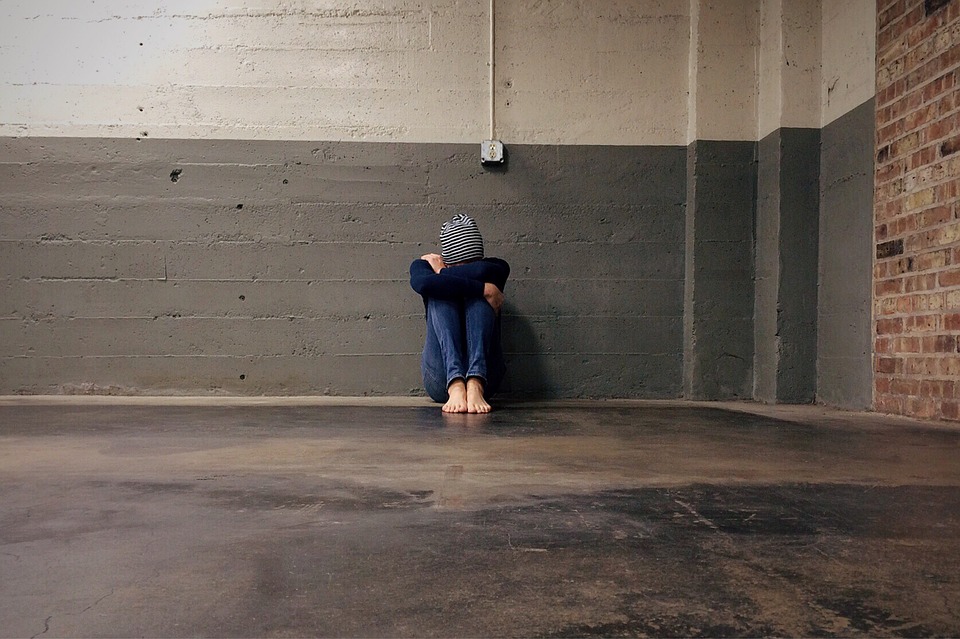Now that so many children carry smartphones, do you track your child’s location? If you’re worried that’s akin to spying on them, read on. The Ask a Tech Teacher team has background, pros and cons, and more to help you come to a go-nogo decision:
- Reasons
- Techniques
- Best approaches
- Emergency readiness
- Supervising
- Communication and trust
- Educating your child
- Addressing privacy concerns
- Importance of parental controls
How to Track My Child’s Location
In today’s world, parents frequently worry about their children’s safety and whereabouts. With the rise of smartphones and other technological advancements, keeping track of your child’s location has become more convenient than before. How can you ensure that you track them effectively and responsibly? This article aims to delve into approaches and factors to consider when monitoring your child’s whereabouts while respecting their privacy and building trust. The quick answer is to look into Scannero.
Reasons for Monitoring Your Child’s Location
Advantages of tracking
Being aware of your childs location can offer parents peace of mind during emergencies or in unfamiliar surroundings.
Safety considerations
Given the growing concerns about child safety keeping tabs on their location can help parents ensure their security and respond swiftly to any situations.
Techniques for Tracking Your Child
GPS tracking gadgets
GPS devices provide real-time updates on location. They are usually small and user-friendly. They can be attached to a child’s possessions or integrated into clothing or accessories.
Mobile applications
Numerous smartphone apps are tailored for tracking family members’ locations. These apps use smartphones’ GPS capabilities to offer location information.
Wearable tech
Wearable gadgets such as smartwatches often feature GPS tracking functions. These devices do not monitor location. They may also include additional features, like messaging and calling capabilities.
Encourage communication. Let them know that tracking is there to ensure their safety.
Explaining the reasons for tracking
State why tracking is necessary, such as keeping them safe during adventures or emergencies. Help your child see that tracking is a tool for their protection, not an invasion of privacy.
Best Approaches to Supervision
Frequency of monitoring
Strike a balance between keeping tabs on your childs whereabouts and allowing them some freedom. Avoid monitoring that could lead to distrust or resentment.
Respect for autonomy
Allow your child to explore while still keeping an eye on where they’re. Trust them to make choices and step in when needed.
Emergency Readiness
Establishing emergency protocols
Create emergency strategies with your child. Talk through what actions to take in situations. Ensure they know how to reach you or get help if they’re in trouble.
Utilizing tracking during emergencies
During situations, knowing your child’s location can be crucial for locating them and providing aid. Make sure both you and your child understand how to use tracking tools or apps
Supervising Your Child’s Online Presence
Emphasizing safety
from physical well being, it’s vital to monitor your child’s online activities to shield them from online risks.
Integrate location tracking with controls and internet monitoring tools for protection.
By combining location tracking with monitoring, you can use tracking technology to monitor your child’s whereabouts while also overseeing their interactions. Stay updated on their social media activity, online friendships, and potential risks.
Communication and Trust
Foster open communication with your child
Promote honest conversations with your child regarding their activities and concerns. Listen attentively to their thoughts and feelings without passing judgment, and address any issues that arise promptly.
Establishing trust over time
Trust is nurtured through respect and understanding. Uphold trust with your child by respecting their privacy, honoring boundaries and offering support when needed.
Educating Your Child on Safety
Raising awareness
Educate your child about safety practices both online and offline. Teach them to stay vigilant of their surroundings, recognize hazards, and seek assistance when necessary.
Promoting behavior
Instill a sense of responsibility in your child by setting examples and reinforcing good habits. Help them learn to make choices and take ownership of their actions.
Addressing Privacy Concerns
Handling objections
If your child raises privacy concerns, listen to them respectfully, address their objections, and explain the importance of safety measures while acknowledging their right to privacy.
Assuring Your Child
Reassure your child that tracking their activities is not about controlling them but about looking out for their safety and well-being. Stress that tracking is a tool used for protection and is done with care.
The Importance of Parental Controls
Setting Boundaries
Utilize controls to set boundaries on your child’s exposure to content or apps. Implement age restrictions. Keep an eye on their usage to safeguard their online well-being.
Monitoring Activity
Regularly monitor your child’s device usage and online behavior to spot any risks or issues. Stay updated on their presence and step in when needed to shield them from harm.
Conclusion
Keeping an eye on your child’s whereabouts can be a way to ensure their safety and well-being in today’s fast-paced world. By selecting the tracking method, establishing boundaries, and fostering open communication, parents can offer reassurance while also respecting their child’s privacy and freedom.
FAQ
- When is it suitable to start tracking my child’s location?
-
- The right time to start tracking your child’s location depends on factors like their maturity level and individual situation. It’s crucial to have conversations with your child and involve them in the decision-making process.
- Is it permissible to track my child without their consent?
-
- The legality of tracking your child’s location without their consent varies based on laws and regulations. In some instances, parental approval is adequate. It’s important to understand relevant laws and consider your child’s rights and privacy.
- How precise are GPS tracking devices?
-
- GPS tracking devices can offer location information within a meters under optimal conditions. However accuracy might differ depending on factors such, as signal strength, device quality and environmental surroundings.
- Can my child turn off location tracking on their device?
-
- Depending on the device and tracking method employed, your child might have the option to turn off location tracking. It’s crucial to engage in conversations with your child regarding the purpose of tracking to build trust and comprehension.
- Are there any no-cost applications for monitoring my child’s whereabouts?
-
- Yes, there are applications accessible for monitoring your child’s location, although they may provide fewer features than paid alternatives. It’s important to explore apps and select one that aligns with your requirements and preferences.
Here’s the sign-up link if the image above doesn’t work:
https://forms.aweber.com/form/07/1910174607.htm
“The content presented in this blog are the result of creative imagination and not intended for use, reproduction, or incorporation into any artificial intelligence training or machine learning systems without prior written consent from the author.”
Jacqui Murray has been teaching K-18 technology for 30 years. She is the editor/author of over a hundred tech ed resources including a K-12 technology curriculum, K-8 keyboard curriculum, K-8 Digital Citizenship curriculum. She is an adjunct professor in tech ed, Master Teacher, webmaster for four blogs, CSTA presentation reviewer, freelance journalist on tech ed topics, contributor to NEA Today, and author of the tech thrillers, To Hunt a Sub and Twenty-four Days. You can find her resources at Structured Learning.






































